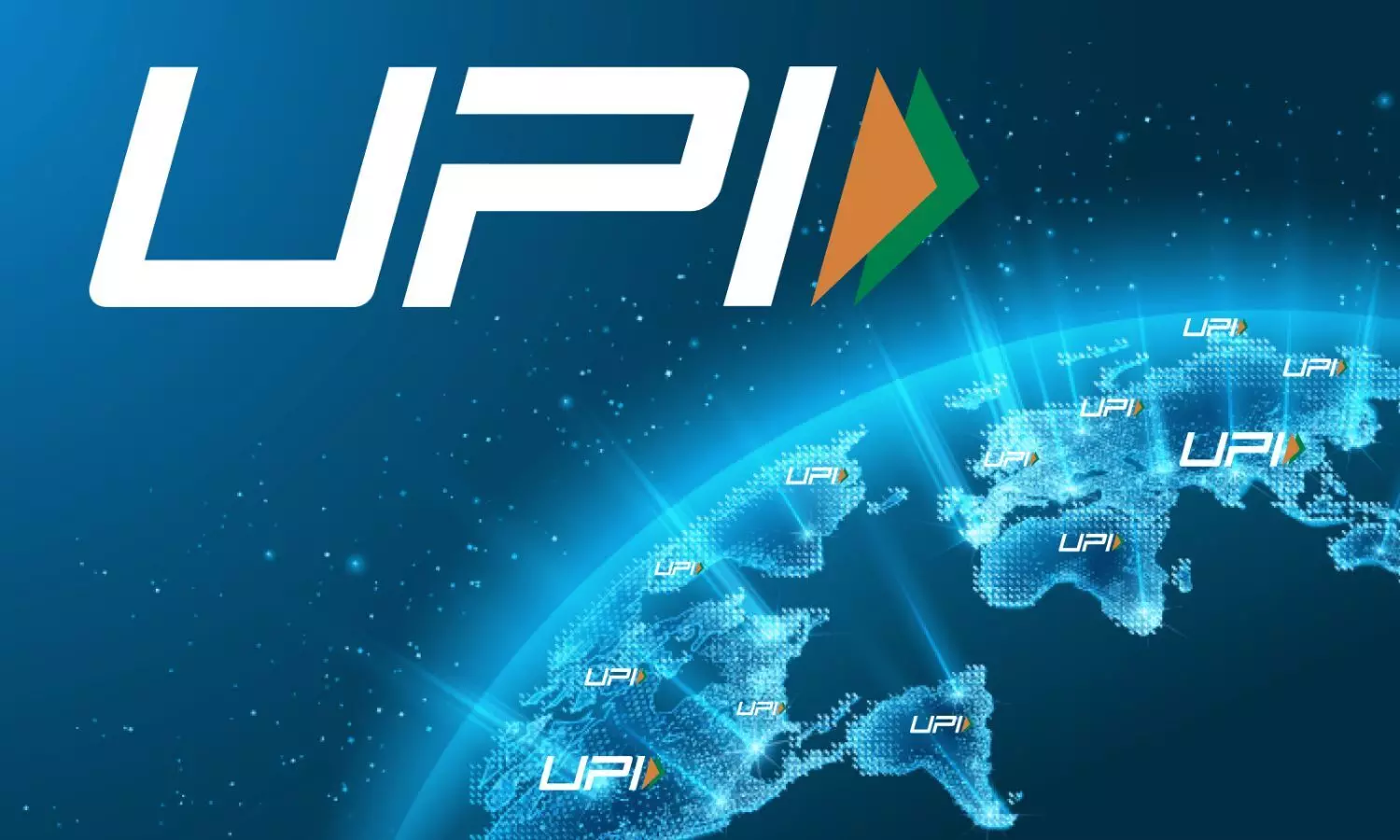The free lunch may disappear anytime now
The government is cutting back subsidies on UPI payments, signaling an end to the era of free transactions. With incentives reduced, stakeholders and users may soon bear the cost of digital payments.
The free lunch may disappear anytime now

Every time you scan a payment QR code and the payment is completed – it appears seamless, free of cost. But the transaction is never free as it is the government which bears the cost for maintaining the payment infrastructure behind the service by subsidising banks and other stakeholders, especially in case of small value transactions.
Whatever be the case, the scenario is going to change shortly as the government wants to pass on the burden of transaction to the stakeholders by reducing the subsidy. Sensing it, the UPI providers have started thinking the other way round.
Financial sector experts point out that the subsidy was introduced with temporary objectives, such as encouraging digital transactions during demonetisation and the Covid pandemic.
More importantly, the core technology infrastructure for UPI payments was built by the government, and private players are already leveraging it for their business without making any significant investment of their own.
The finance ministry has reduced the incentive for processing small-value UPI payments at small merchant outlets to 0.15 per cent per transaction from 0.25 per cent a year ago.
In its budgetary allocation, the government reduced its incentive scheme for promotion of low-value BHIM-UPI transactions for the financial year 2024-25. The incentive was more than halved to Rs 1,500 crores in the previous year. However, the incentive payout by the Government was actually Rs 3,631 crores last year.
The incentive exclusively covers UPI P2M transactions of up to Rs 2,000, specifically targeting small merchants to encourage the adoption of digital payments at the grassroots level. The incentive scheme was introduced to support participants in building secure digital payment systems and expand UPI services in tier 3 to 6 cities and remote areas.
RBI Governor, Sanjay Malhotra has recently said that the sustainability of the UPI model is crucial and there are costs associated with UPI transactions, and they need to be paid for by someone.
Not to mention, the UPI was introduced in 2016 by the RBI-run National Payments Corporation. In terms of volume, UPI transactions had the highest share at 84 per cent in total retail payments during 2024-25.
Of course, it is happening at a time when UPI transactions have expanded significantly both in value and volumes terms. It is evident from the fact that the average daily value has increased to Rs 90,446 crore in August from Rs 75,743 crore in January.
Digital payments, led by UPI, have been increasing rapidly, as per Ecowrap, which is much higher than the CIC number. The monthly average UPI transactions is Rs 24,554 billion, while CIC monthly average growth is Rs 193 billion during April-July. There are almost 300 major merchant category codes and NPCI has
started with only 29 major MCCs, while NPCI has done a commendable job we believe that data for at least 100 major MCCs should be given by NPCI.
Hence, time we got ready to pay for every UPI transaction.
EoM.

